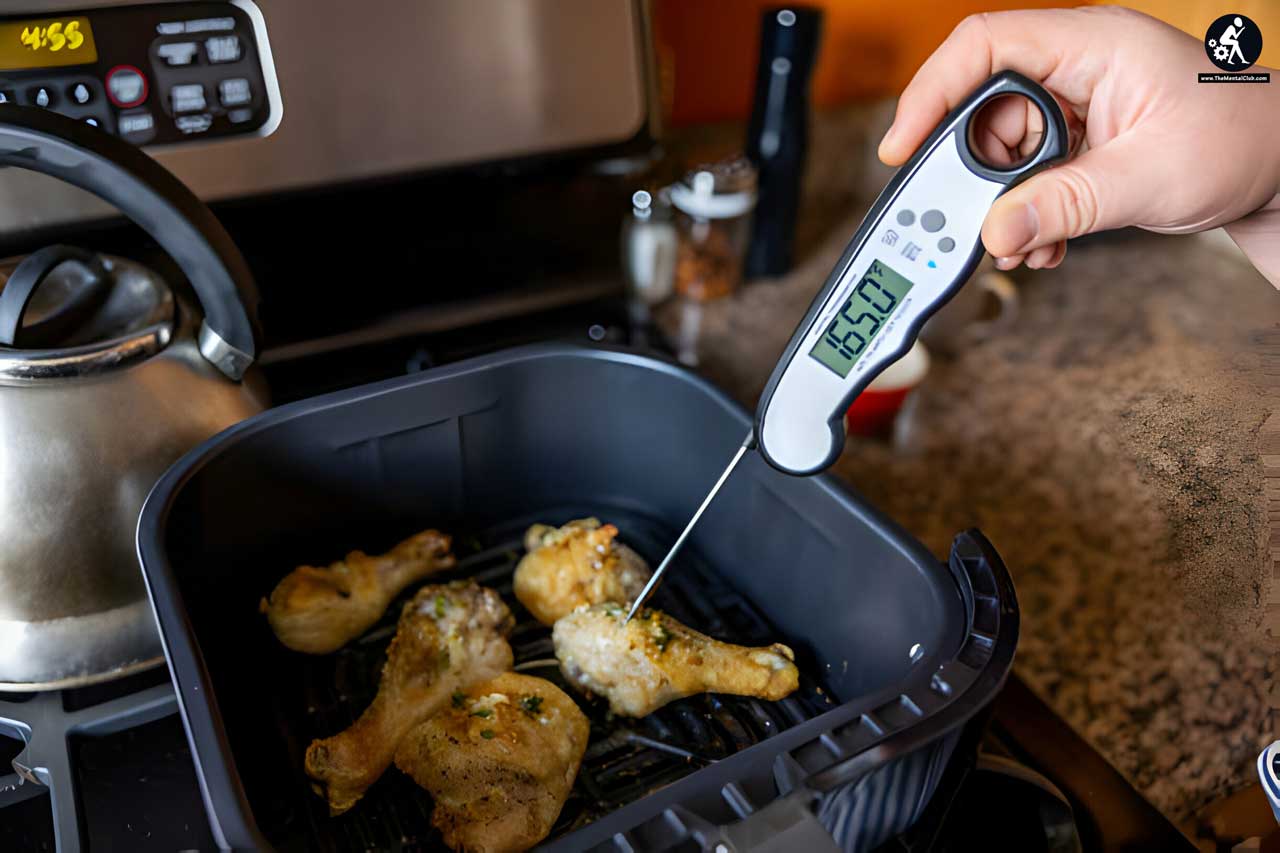The food industry is a broad and ever-changing sector with several business options. To fulfill the ever-changing expectations of customers, however, success in the food industry necessitates careful planning, creativity, and adaptation. In this thorough tutorial, we will look at crucial elements that might help your food company succeed, with a specific emphasis on the significance of food delivery app development.

I. Understanding the Market
Market Research:
Conduct extensive market research in order to detect trends, customer preferences, and future rivals. Understand your target audience’s demographics, psychographics, and behavior. This information will assist you in customizing your menu and marketing initiatives.
Differentiation:
Make your food business stand out by providing a unique selling proposition (USP). Find a method to stand out in a crowded market, whether it’s a distinctive dish, a unique cooking style, or a commitment to using locally sourced ingredients.
II. Quality and Innovation
High-Quality Ingredients:
Invest in high-grade ingredients to ensure the freshness and quality of your food. Customers are becoming more concerned with the origin and quality of the food they consume.

Menu Innovation:
Introduce new items on a regular basis to keep your menu fresh and engaging. To keep consumers coming back for more, consider seasonal products, special promotions, and partnerships with local chefs.
III. Customer Experience
Ambiance and Atmosphere:
Make your physical place seem friendly and pleasant. The atmosphere of a restaurant, café, or food truck is critical to client pleasure.

Customer Service:
To foster loyalty and favorable word-of-mouth, provide great customer service. Train your employees to be attentive, polite, and menu-savvy.
IV. Online Presence and Marketing
Social Media Engagement:
Use social media tools to connect with your target demographic. To enhance brand awareness, provide attractive food photographs, engage in conversations, and run promotions.
Online Ordering System:
Implement an effective online ordering system on your website or through a specialized app. This streamlines the ordering procedure for clients and increases convenience.

V. Food Delivery App Development
Benefits of a Food Delivery App:
Explore the advantages of integrating food delivery app development solutions into your business strategy. Increased exposure, a larger consumer base, and enhanced operational efficiency are all possibilities with a well-crafted food delivery app.
User-Friendly Interface:
Create an appealing user interface for your program. Make it simple for consumers to explore the menu, place orders, and monitor delivery. Integrate safe payment alternatives to provide a unified experience.

Efficient Order Management:
To simplify processes, implement a strong order management system. This covers order tracking, inventory management, and POS system connection.
Personalization and Loyalty Programs:
Include options for consumers to customize their orders and earn loyalty points. Customer retention may be improved with personalized suggestions and special incentives.
VI. Operational Efficiency
Supply Chain Management:
Create a dependable supply chain to ensure a steady flow of high-quality components. Efficient supply chain management lowers the risk of interruptions and aids in the maintenance of quality standards.

Technology Integration:
Adopt technology to improve operational efficiency. Kitchen management systems, inventory monitoring software, and data analytics may be used to make educated business decisions.
VII. Regulatory Compliance and Sustainability
Compliance with Regulations:
Learn about the local health and safety standards. Check to see if your company is in compliance with food safety standards, licensing requirements, and other restrictions.
Sustainability Practices:
Adopt sustainable practices including utilizing eco-friendly packaging, reducing food waste, and sourcing foods sustainably. Customers are increasingly attracted to companies that promote sustainability.

VIII. Financial Management
Cost Control:
To sustain profitability, severe cost-cutting measures must be used. To remain competitive, keep an eye on expenditures, negotiate with suppliers, and analyze price tactics on a regular basis.
Financial Planning:
Create a detailed financial strategy that includes budgeting, forecasting, and contingency planning. This assists you in navigating economic insecurity and unanticipated problems.
IX. Community Engagement
Local Partnerships:
Build a feeling of community around your brand by collaborating with local companies, influencers, and organizations. Positive relationships can be formed by sponsoring local activities or forming collaborations with adjacent companies.

Feedback and Adaptation:
Seek input from customers and adjust your business depending on their preferences. Staying current in the ever-changing food market requires continuous improvement.
XI. Health and Safety
Hygiene and Sanitation:
Make cleanliness and sanitation a priority in all parts of your food industry. Train personnel on food safety standards on a regular basis, establish extensive cleaning processes, and demonstrate a dedication to keeping the workplace clean and safe for both customers and employees.
Allergen Awareness:
Keep an eye out for allergy information and make it plain to customers. Provide clear allergy information on menus and make sure your staff is well-trained to manage questions and special dietary demands.

XII. Employee Training and Development
Staff Training Programs:
Invest in ongoing training programs for your employees. This not only ensures that they are well-equipped to provide exceptional customer service, but it also encourages a pleasant work atmosphere, which may directly benefit the customer experience.
Cross-Training:
Consider cross-training your personnel to handle different positions in your company. This adaptability is especially useful during busy hours or when unforeseen worker shortages occur, guaranteeing smooth operations.
XIII. Technology and Data Analytics
Data-Driven Decision Making:
Analyze data to learn about consumer behavior, popular menu items, and peak ordering periods. This data may help you make strategic decisions, such as tailoring your goods and marketing activities to match client demand.

Digital Marketing Strategies:
Increase your online visibility by utilizing digital marketing techniques such as email advertising, online promotions, and search engine optimization (SEO). A well-executed digital marketing plan may increase foot traffic to your physical site while also increasing online orders.
XIV. Adaptability to Trends
Stay Current with Food Trends:
Maintain an awareness of current food trends and customer preferences. Whether it’s plant-based alternatives, regional cuisines, or innovative taste combinations, updating your menu to reflect current trends may help you attract new consumers while also keeping current ones interested.

Flexibility in Operations:
Be adaptive to market and industry developments. This may entail changing your menu, using new technology, or even shifting your company strategy in response to growing trends and client expectations.
XV. Branding and Storytelling
Brand Identity:
Create a distinctive and memorable brand identity that is appealing to your target audience. Consistency in branding, from your logo to the tone of your marketing materials, aids in the development of brand awareness and trust.

Storytelling in Marketing:
Tell them about your food company. Whether it’s the inspiration behind your trademark dish, the journey of obtaining local ingredients, or the adherence to a certain culinary heritage, storytelling connects your business and customers.
XVI. Expansion Strategies
Franchising and Partnerships:
Investigate prospects for growth through franchising or partnerships. Collaboration with other firms or the development of new branches can help you reach a larger audience and profit on the success of your existing brand.

Global Expansion:
Consider the possibility of global growth if it is viable. With the advent of foreign markets and various culinary preferences, expanding your successful food business outside boundaries may provide new opportunities for growth.
Conclusion
In the highly competitive food market, success is a never-ending struggle that necessitates a diverse strategy. You can establish a robust and lucrative food business by prioritizing customer experience, adopting technology, and staying on top of industry changes. Leveraging a well-designed food delivery app, or utilizing a food delivery app builder, may expand your reach and client involvement, providing an extra channel for development in the ever-changing world of food entrepreneurship. Remember that the secret to long-term success is a combination of creativity, adaptability, and a genuine desire to provide excellent dining experiences.


































